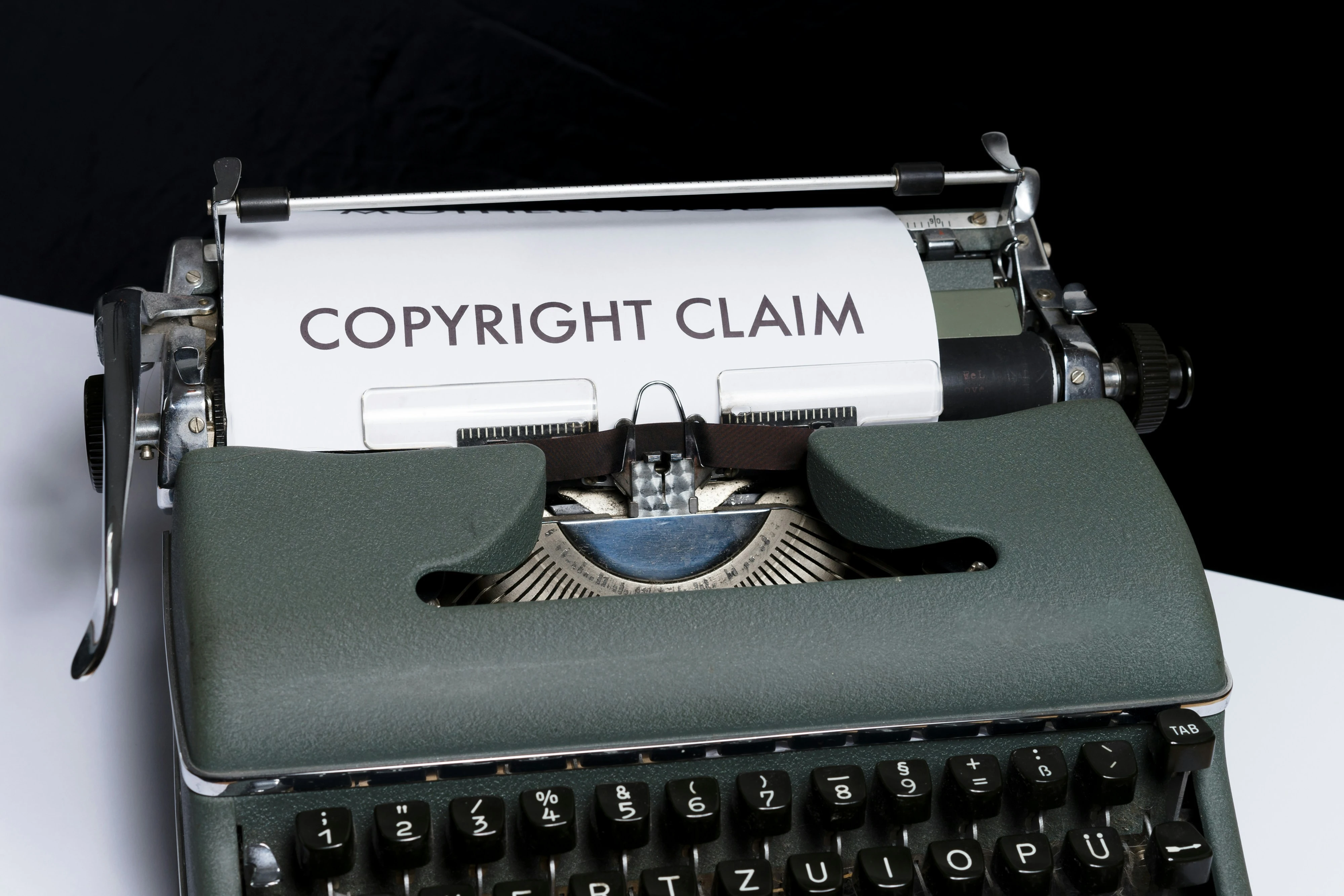Plagiarism Policy
At Green Publication, we are committed to maintaining the highest standards of academic integrity. This comprehensive Plagiarism Policy outlines our approach to preventing, detecting, and addressing plagiarism in all aspects of our publishing process. Authors are expected to submit only original work and properly cite all sources, including text, data, figures, and previously published content. All manuscripts submitted to Green Publication are screened for plagiarism using reliable plagiarism detection software prior to peer review. Any content found to contain significant similarity without proper attribution may be rejected or returned to the author for correction. In cases of confirmed plagiarism—whether it involves copying from other sources, self-plagiarism, or uncredited paraphrasing—strict actions will be taken, including manuscript rejection, blacklisting of the author, and notification to affiliated institutions if necessary. We strongly encourage authors to ensure that their work is free from any form of academic misconduct, and we reserve the right to take corrective actions to uphold the integrity of the scholarly record.

Forms of Plagiarism
- Verbatim Plagiarism: Direct copying of text without quotation marks or attribution
- Paraphrasing: Rewriting someone else's work without proper citation
- Self-Plagiarism: Reusing one's own previously published work without acknowledgment
- Mosaic Plagiarism: Piecing together content from multiple sources
- Idea Plagiarism: Using someone else's ideas without proper attribution
What Constitutes Plagiarism
- Copying text from another source without proper citation
- Paraphrasing too closely to the original text
- Using images, figures, or data without permission or attribution
- Submitting work previously submitted elsewhere without permission
- Purchasing or commissioning work from others
Our Plagiarism Detection Process
Automated Screening
All submissions undergo automated screening using industry-leading plagiarism detection software.
Editorial Review
Our editorial team manually reviews all potential matches flagged by the software.
Ongoing Monitoring
We continuously monitor published content for potential plagiarism issues.
Consequences of Plagiarism
| Severity | Definition | Potential Actions |
|---|---|---|
| Minor | Isolated instances of improper citation or minor unattributed text | Request for revision with proper attribution |
| Moderate | Significant portions of text without proper attribution | Article rejection, author notification, possible submission ban (1-2 years) |
| Severe | Extensive plagiarism, including complete sections or papers | Immediate rejection, notification to author's institution, permanent ban |
Retraction Policy
In cases of confirmed plagiarism in published articles, we will:
- Issue a formal retraction notice
- Update the article's metadata to indicate the retraction
- Notify indexing services and databases
- Inform the author's institution and funding agencies
Best Practices to Avoid Plagiarism
For Authors
Authors should always use proper citation for all sources, including direct quotes which must be enclosed in quotation marks. When paraphrasing, it's crucial to thoroughly reword the original text while still providing proper attribution. Utilizing reference management software such as Zotero, Mendeley, or EndNote can significantly streamline the citation process and reduce the risk of accidental plagiarism. Before submission, authors are encouraged to check their work with plagiarism detection tools to identify and correct any potential issues. A good rule of thumb is: when in doubt, cite the source. This approach not only maintains academic integrity but also strengthens the credibility of the research by properly acknowledging the work of others in the field.
For Reviewers
Reviewers play a critical role in maintaining academic standards by remaining vigilant for potential plagiarism in submissions. This includes carefully examining the text for uncited content that may have been copied from other sources without proper attribution. Reviewers should verify that all sources are properly cited and that the use of external materials falls within fair use guidelines. Any concerns about potential plagiarism should be promptly reported to the editorial office with specific details about the issue. Throughout the review process, it's essential to maintain strict confidentiality regarding the manuscript's content and the review process itself. Reviewers should approach each submission with a balance of professional skepticism and fairness, providing constructive feedback that helps maintain the integrity of the publication.